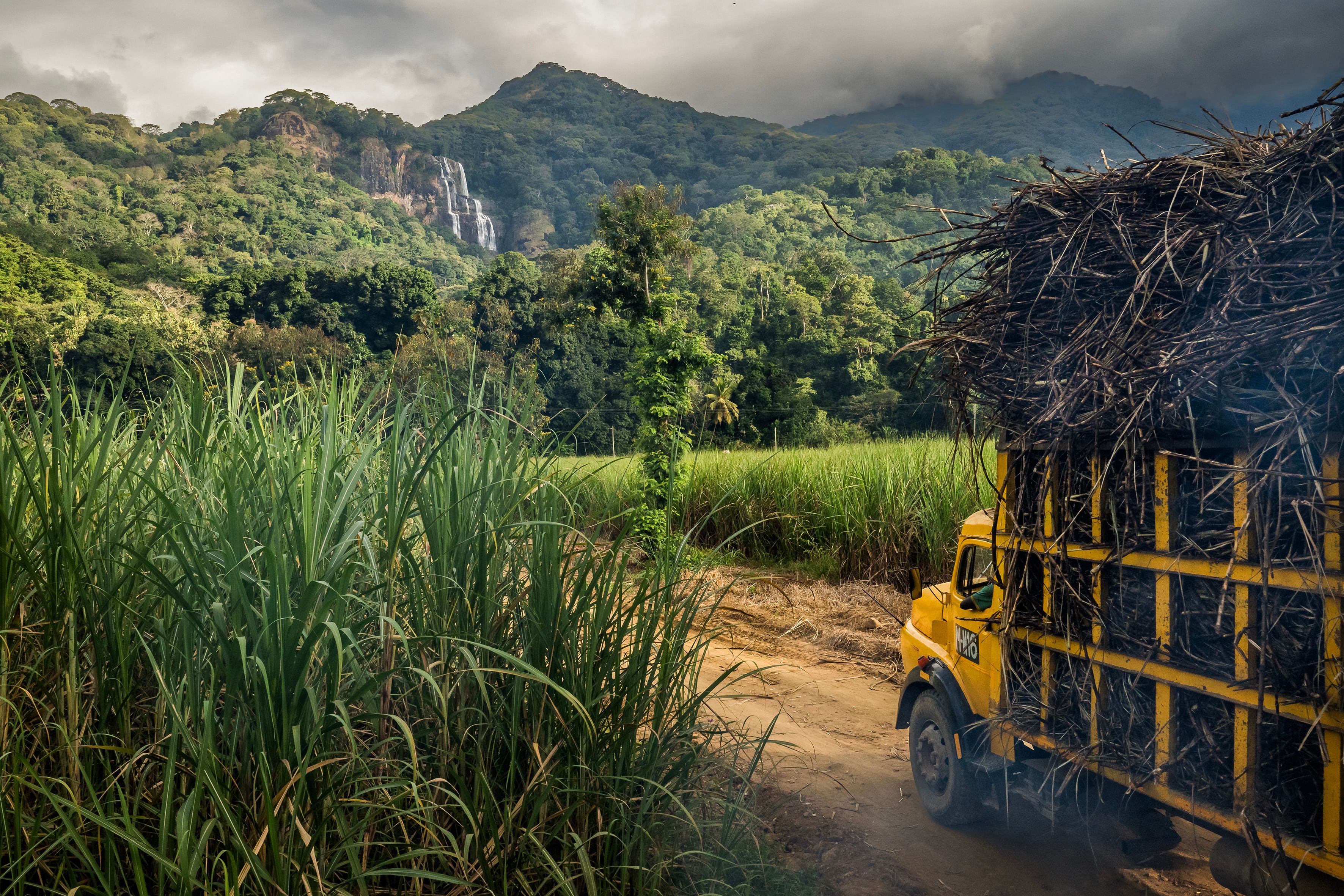Presentation
France • Born in 1965
The Lost World of Udzungwa
Tanzania, East Africa, has 22 national parks. More than 1.5 million people visited the region last year, attracted by the famous Kilimanjaro, Arusha and Serengeti. However only 8,000 went to Udzungwa, in the centre of the country.
Nevertheless it was in these mountains, covered in thick tropical vegetation, that the last specimen of monkey was discovered in the early 2000s; an animal known as the Kipunji (Rungwecebus kipunji). Despite this, tourists tend to stay away from this area, due to its lack of lions, rhinos or leopards. Scientists consider Udzungwa to be one of the most important sanctuaries to protect, as this territory of just 2,000 km2 is home to some of the richest biodiversity on the African continent. Its waterfalls, including the 170-metre-high Sanje, naturally irrigate the entire region. As part of a photographic commission from the Yves Rocher Foundation, photojournalist Frédéric Noy –a leading specialist in environmental and geostrategic issues– spent months immersed in this endangered natural space.
The park is considered ‘endangered’. While its borders are not technically disputed, this natural space is subject to an increase in farming (especially monocultures of sugarcane and rice). It also faces a sharp population increase (there are now almost 70 million inhabitants in the area, compared to 22 million recorded 40 years ago). These numbers come from the domestic migration of Tanzanians, who come to take advantage of the rich, fertile land, and use the trees for building. These actions have all eroded the park’s boundaries. 400,000 people live in the immediate vicinity of Udzungwa and no one can blame an insecure rural population for wanting to farm its land.
To combat this, organisations like Mazingira are launching multidimensional programmes to educate new generations in agroforestry from primary school onwards. Running educational projects to raise farmers’ awareness of more environmentally friendly practices, and create and maintain green corridors that enable wildlife to move around without coming into conflict with humans, Mazingira and other associations are also working to attract more tourists, because the best way to protect land is to give it value.
JARDIN DU RELAIS-POSTAL
This project wasfunded in partnership with the Yves Rocher Foundation as part of its « In the Name of Biodiversity » photography campaign

© Frédéric Noy • Exhibition The Lost World of Udzungwa

